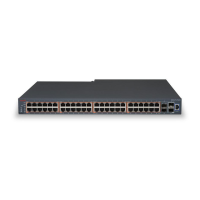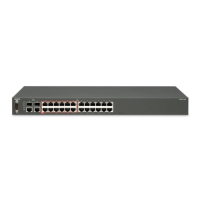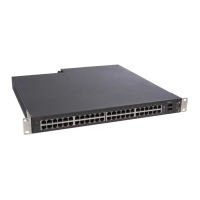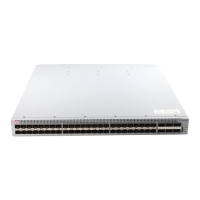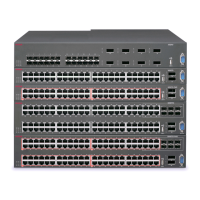VLANs
Issue 2 July 2005 121
manager uses management software to assign each device to a virtual topological network.
Elements can be combined into a VLAN even if they are connected to different devices.
VLANs should be used whenever there are one or more groups of network users that you want
to separate from the rest of the network.
In Fi
gure 22, the switch has three separate VLANs: Sales, Engineering, and Marketing (Mktg).
Each VLAN has several physical ports assigned to it with PC's connected to those ports. When
traffic flows from a PC on the Sales VLAN for example, that traffic is only forwarded out the
other ports assigned to that VLAN. Thus, the Engineering and Mktg VLANs are not burdened
with processing that traffic.
Figure 22: VLAN Switching and Bridging
VLAN Tagging
VLAN Tagging is a method of controlling the distribution of information on the network. The
ports on devices supporting VLAN Tagging are configured with the following parameters:
● Port VLAN ID
● Tagging Mode
The Port VLAN ID is the number of the VLAN to which the port is assigned. Untagged frames
(and frames tagged with VLAN 0) entering the port are assigned the port's VLAN ID. Tagged
frames are unaffected by the port's VLAN ID.
The Tagging Mode determines the behavior of the port that processes outgoing frames:
● If Tagging Mode is set to "Clear", the port transmits frames that belong to the port's VLAN
table. These frames leave the device untagged.
Figure notes:
1. Sales
2. Engineering
3. Marketing
1
2
3
1
2
3

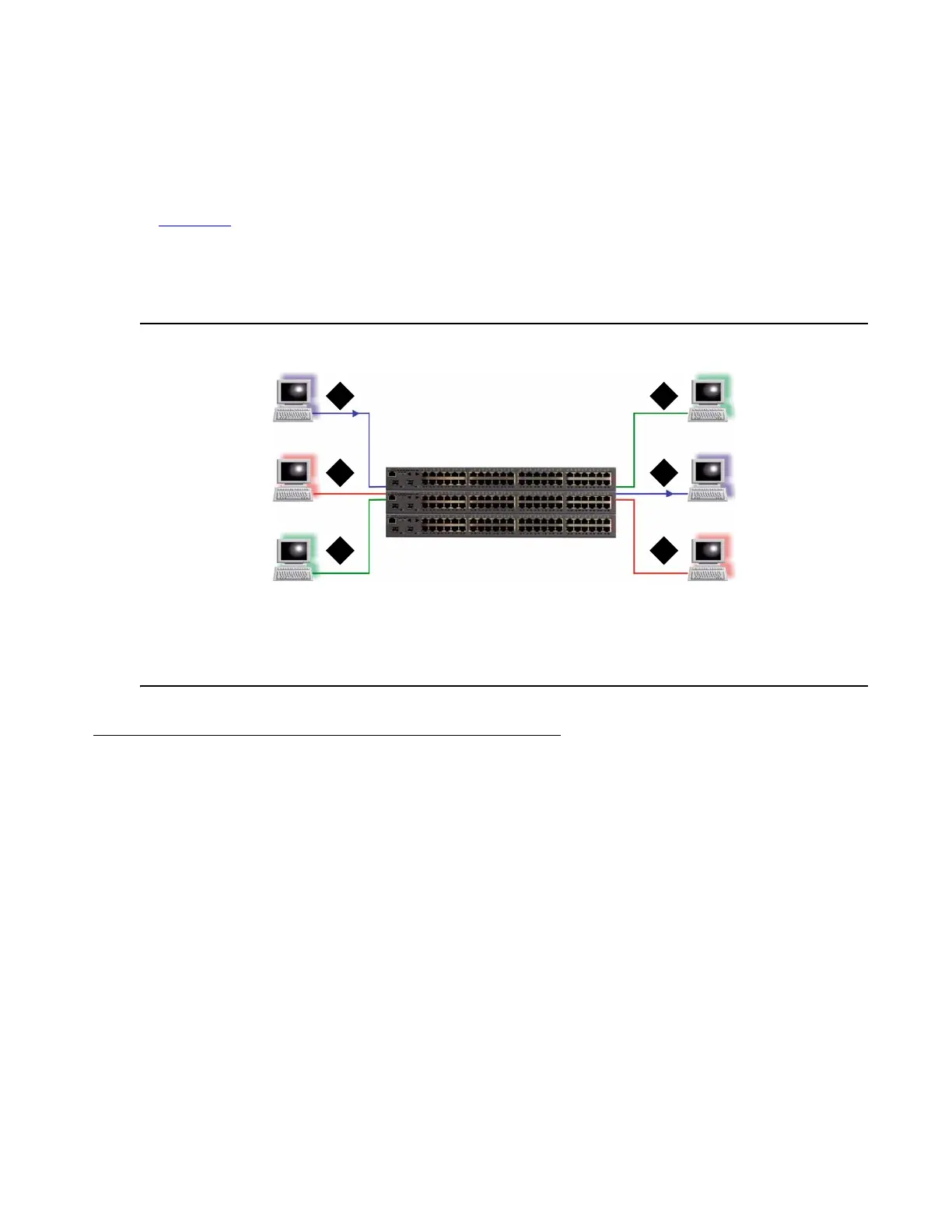